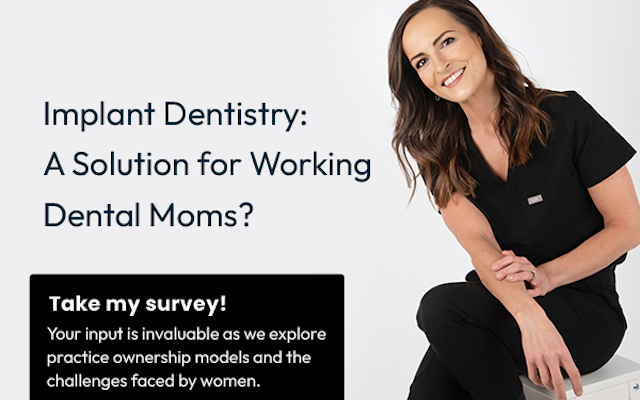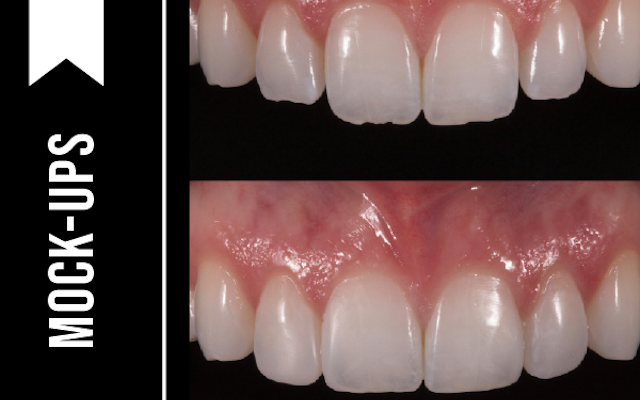Everyone has had a procedure in their office that has failed. Some things are minor like a chipped resin or a crown popping off, but a failed implant is a catastrophe. Studies show that 10% of implants fail and the number one reason is the same reason they needed an implant in the first place: poor oral hygiene and gum disease (peri-implantitis). Unlike other failed procedures, implant failures come with a much higher cost to your finances, time, and reputation.
Financial Impact
A significant financial investment has been made by the patient and the office for the implant and prosthesis. Therefore, when there is a failure the question is, who bears the cost? Do you redo the implant for free? Does the patient have to pay again? Will you give them a discount? Who pays for the temporary/transitional prosthesis? Ultimately, who bares the cost of this failure? Regardless of who pays, you still have the financial effect of lost chair time. From repair to follow-up, to new implant placement; how many hours does this cost your office?
Time
There is no quick fix for a failed implant. One of the biggest costs associated with implant failure is time. Once an implant fails and has to be removed, it will take at least 6 months before you can attempt to redo the implant, and an additional 6 months for the new implant to integrate. Replacing a filling or retreating a root canal can be done in a timely manner, but to replace a failed implant it takes over a year to correct. That’s a long time, which brings us to our next cost, reputation.
Reputation
Regardless of the reason for the failure, it is a negative experience for both the patient and the office. For over a year, every time the patient smiles or eats, they are reminded of this failure, and although they may not mean to give you a negative review (some do), it is natural for them to share their story. The best surgical and restorative techniques can be undone by inadequate or improper maintenance. Proper home care is essential to prevent the number one cause of implant failure, peri-implantitis. Do you really want to stake your reputation on your patients’ home care techniques? Remember, the reason many of your patients needed the implant in the first place was due to poor home care. Though a failed implant is often a result of poor patient home care, it is likely the patient will blame the doctor who placed it.
Prevention Is the Best Medicine
Peri-implantitis, loss of bone around an implant, is a real problem that needs addressed. As high as 47% of all dental implants have peri-implantitis, and over 50% of all implant sites have some form of gum disease. The key to preventing peri-implantitis is to address its cause. The same pathogens that cause gum disease to form around natural teeth (bacteria, viruses, fungi, volatile sulfur compounds, biofilm) also cause peri-implantitis. The best time to confront these pathogens is immediately after implant placement and during the gingival healing phase, which takes 32 to 34 days. OraCare’s product Reassure provides a gel for the doctor to place the day of surgery and a take-home rinse to help your patients fight these pathogens. Its active ingredients, Activated Chlorine Dioxide, Aloe Vera, and Xylitol, have been shown to eliminate bacteria, viruses, and fungi, neutralize VSCs and break-up biofilm. It’s a simple solution to protect your implants from day one. Once they are finished with the Reassure take-home rinse the patient is given OraCare’s Heath Rinse for continue maintenance.
Let’s face it, a failed implant can be a catastrophe. Using the Reassure System can help fight the main cause of failure: Peri-Implantitis.




